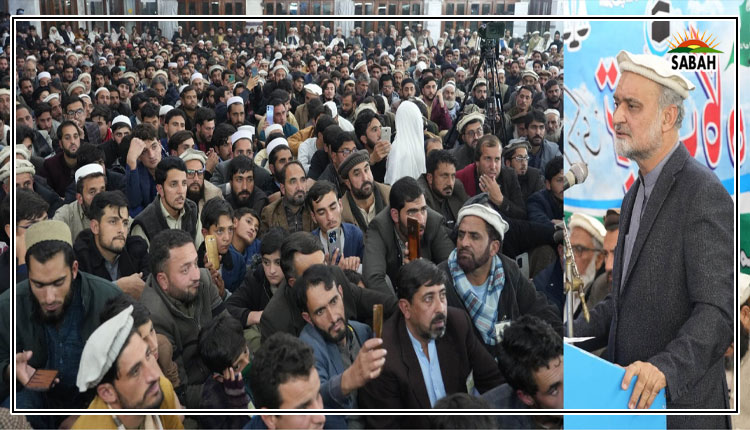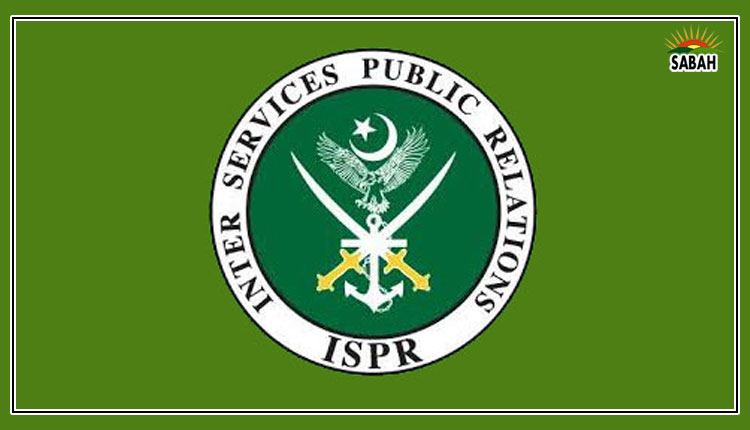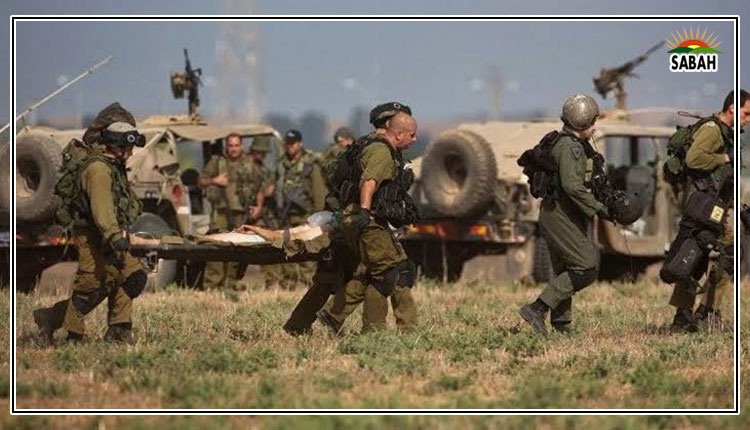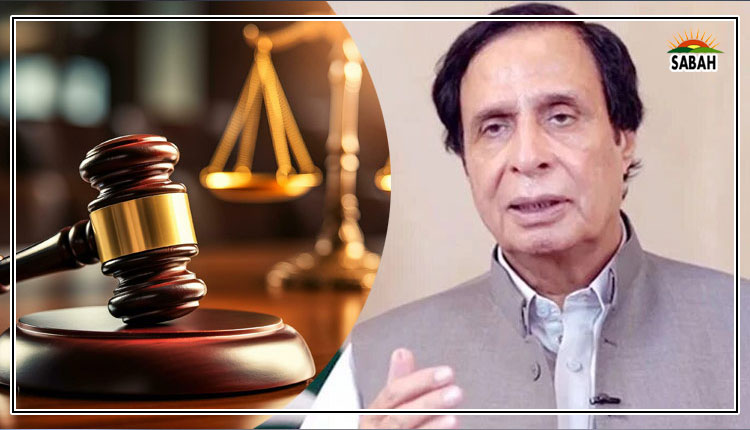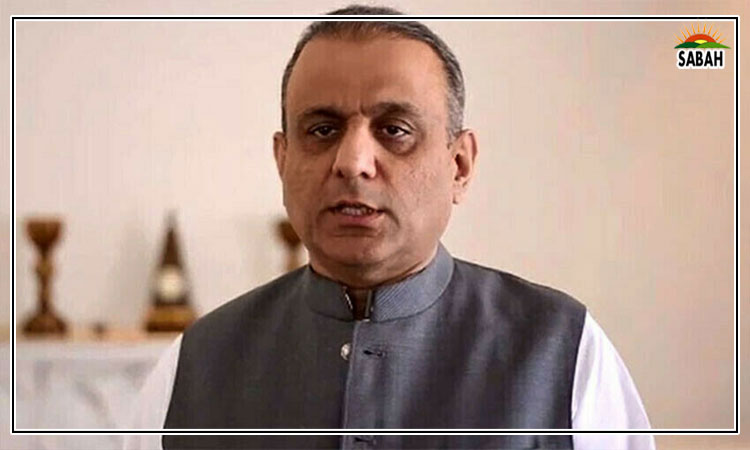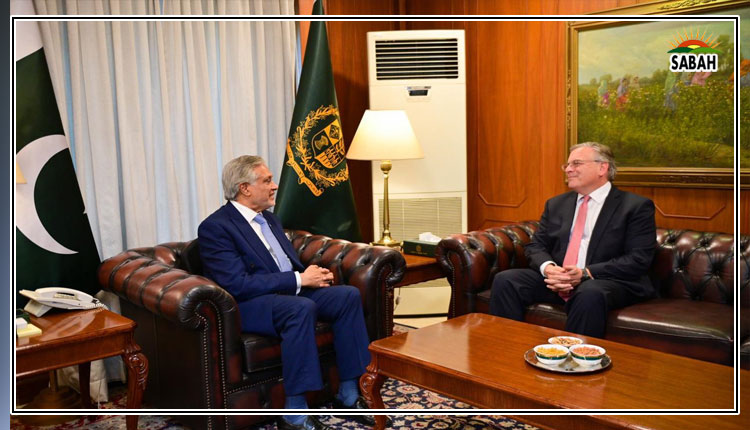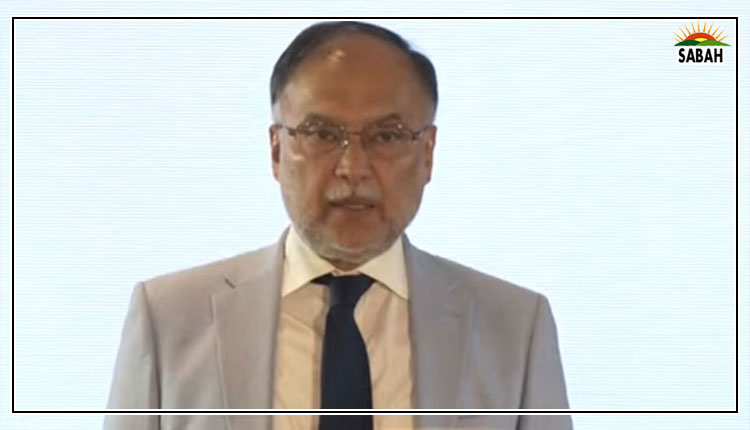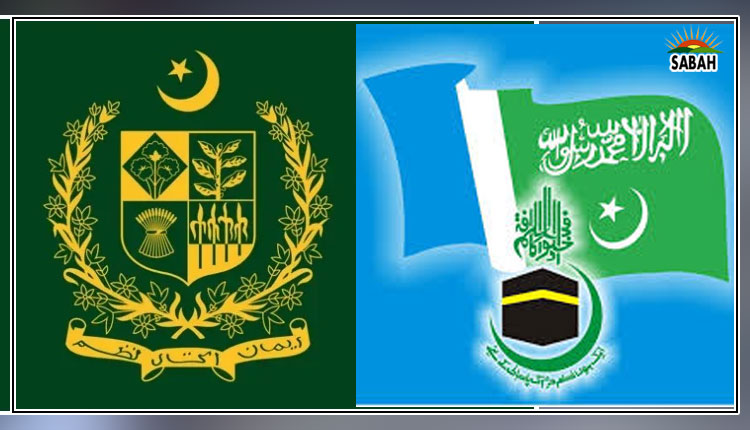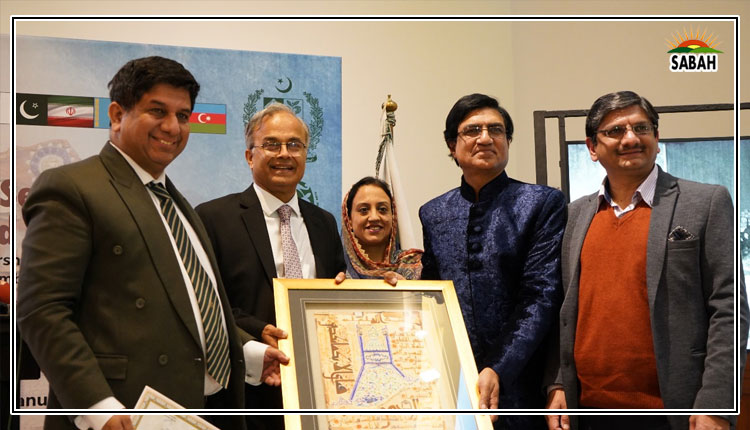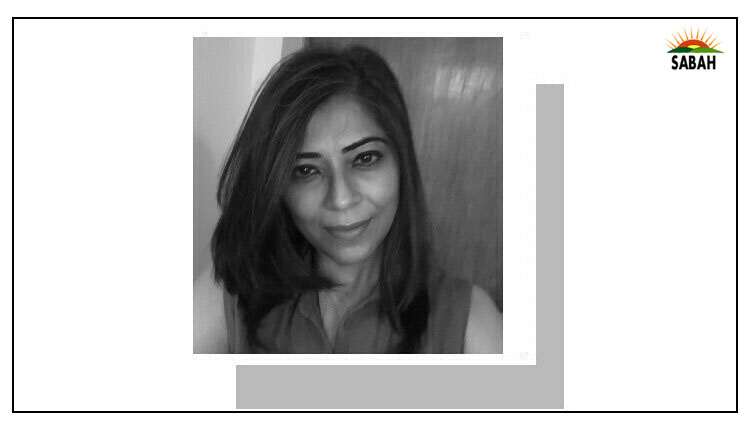Fog of election…Arifa Noor
THE election has been announced, once again. Between the Supreme Court and the general pressure from the press and political parties, the ECP has given a date. Unsurprisingly, the date is not for the last week of January, as the ECP had earlier said, but Feb 8.
But then, the ECP had also given a day for elections in Punjab during the summer, without following up. This perhaps is the reason doubts will remain about what February will bring, even though the chief justice has told us not to worry. It is a case of doodh ka jala (once bitten) and all that.
But then, it would be unfair to only blame the election commissioner.
The point is that the announcement of the election date alone cannot soothe frayed nerves, including of those watching from abroad. Without or within, there are other factors which have a greater chance of impacting the eventual date of elections than the ECP and the dates it gives.
One, of course, is Nawaz Sharifs return. That the PML-N was able to organise a grand welcome for him, showcasing the popularity of the party quaid in Punjab and beyond, makes elections more of a reality. For, that one event has done more to revive the partys fortunes than any statement by anyone else.
The announcement of the election date alone cannot soothe frayed nerves.
Second, as people within the party themselves point out, he is the PML-Ns trump card; they cant afford to waste him, as they would, if elections were delayed. Now that he is back and a certain momentum has built up, it would be best if it ended with an election.
The second, of course, pertains to the economic situation; and some would say is the more important aspect. With the financial crisis and a nine-month Stand-by Arrangement (SBA), to be followed by a longer programme, there is a view that an extended caretaker set-up (without a clear mandated term) may not be all that acceptable to the world and IFIs.
After all, there are messages enough from all friendly countries publicly and otherwise about the need for stability, political and economic. (It sometimes appears as if the rest of the world has an illogical belief in the relationship between politics and economics.)
The belief that the election might be necessary for international assistance is growing stronger since the lack of updates on investment coming from the Gulf. At the moment, it seems the IMF funding is all we can count on. Perhaps it is not entirely a coincidence that the election date was announced as negotiations with IMF for the second tranche of the SBA were being focused on.
There are other, smaller, signs of an election around the corner for those of us watching such developments in fine detail. The renewed arrests of PTI and erstwhile PTI people reveal a certain nervousness which would only be there if elections are to be held.
First came the arrest of Kamran Bangash and Asad Qaiser from the PTI in KP, which is still being gently handled compared to Punjab. Then, oddly enough, Fawad Chaudhry who had already renounced the party was arrested.
Other than the loving mother of the complainant who may believe her son has been robbed of money by Chaudhry, for the rest his arrest was simply due to his reluctance to associate closely with the Istehkam-i-Pakistan Party (IPP).
These fresh arrests coupled with reports of journalists being let go of as well as the silence on the part of some very loud people on social media also seems to suggest new efforts are being made to smoothen the rough path that leads to election. Why else would all these energies and resources be wasted on picking up people and invading homes? Or on accusing those in hiding of new sins?
But, and there is always a but, the path hasnt been smoothened out sufficiently. And not just because even six months of heavy-handedness is feared to not have dismantled the PTI entirely. Or because the people continue to want an election so they can vote against the PDM as much as they want to vote for the PTI.
More than this, there is the lack of clarity on what else is to follow other than ensuring the PTI doesnt win. Take, for instance, Punjab. If the plan is to ensure the PTIs defeat, and a decent victory for PML-N (without giving it the kind of sweep that took place in 2013, say many people), who or which party will be allowed to bag the rest of the seats?
If the PML-N is limited to around 70 seats, what happens to the rest of the National Assembly seats from Punjab? Will they go to the IPP or independent candidates or a rump PTI? How easy will it be to manage this?
On the other hand, if the PML-N is to be allowed a sweep, then what will prevent a new conflagration? What will happen in KP, where the JUI-F experiment in the shape of the earlier caretaker set-up was a disaster? For none of the other parties appear to be in a position to offer any challenge to the PTI.
It is also worth pointing out that the numbers game is not always easy to manage Musharraf at the height of his power was not able to manage a simple majority. A breakaway faction of PPP-Patriots had to be carved out for the government to be established after the 2002 election.
Closer to home, during the 2018 election, the earlier plan, from all accounts, was to encourage the Grand Democratic Alliance at the expense of the PPP in Sindh. But somewhere and at some point, this plan (and GDA) was ditched and the PPP allowed to return with even bigger numbers than before. At the same time, the Pak Sarzameen Party was also dumped, faster than Angelina Jolie dumped Brad Pitt.
This time around, the plans are far less clear and the economy even less so. And I ran out of space before even referring to the people. We are far from the curtain call.
Courtesy Dawn


